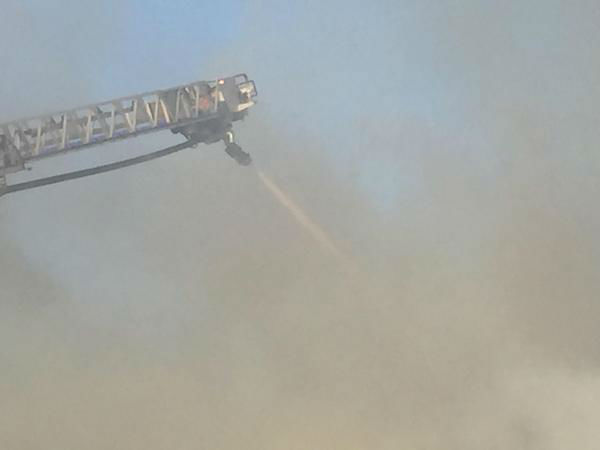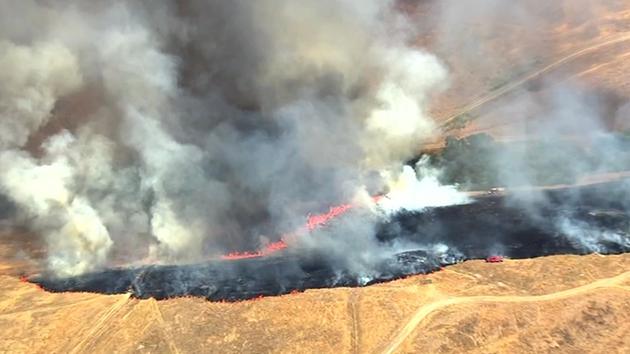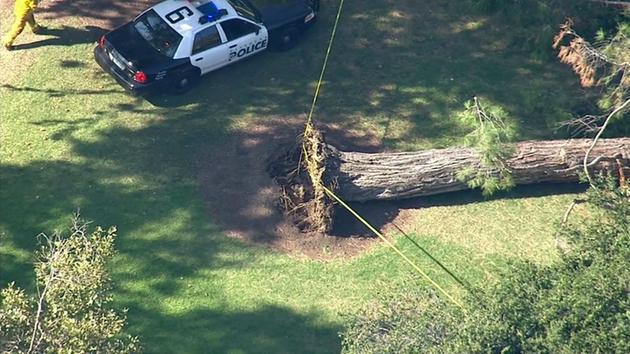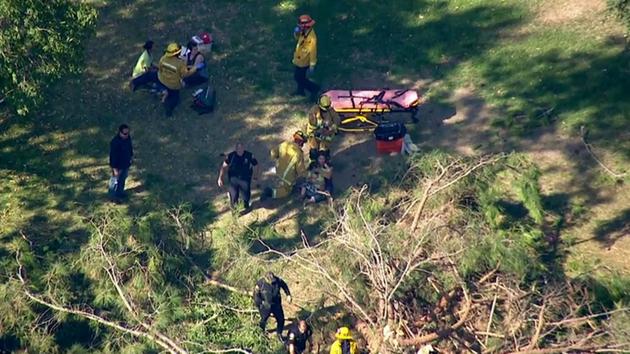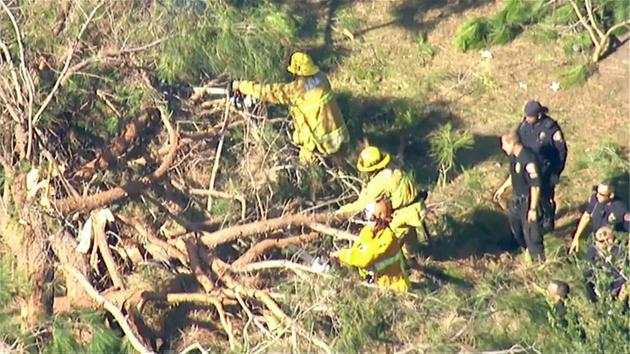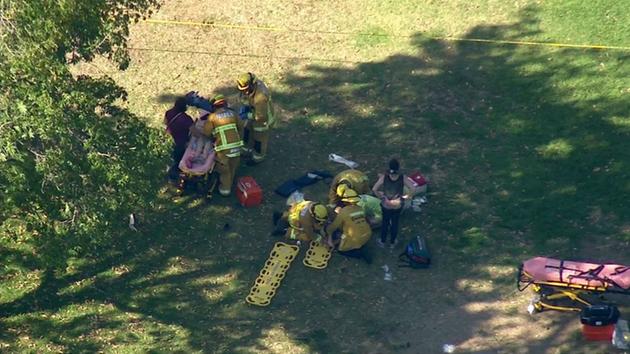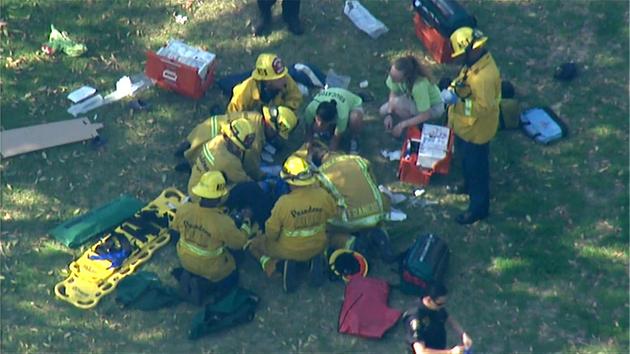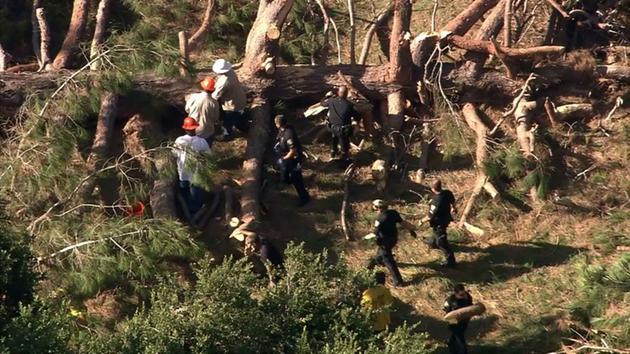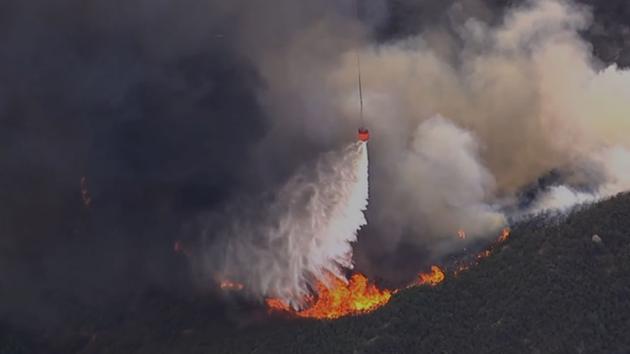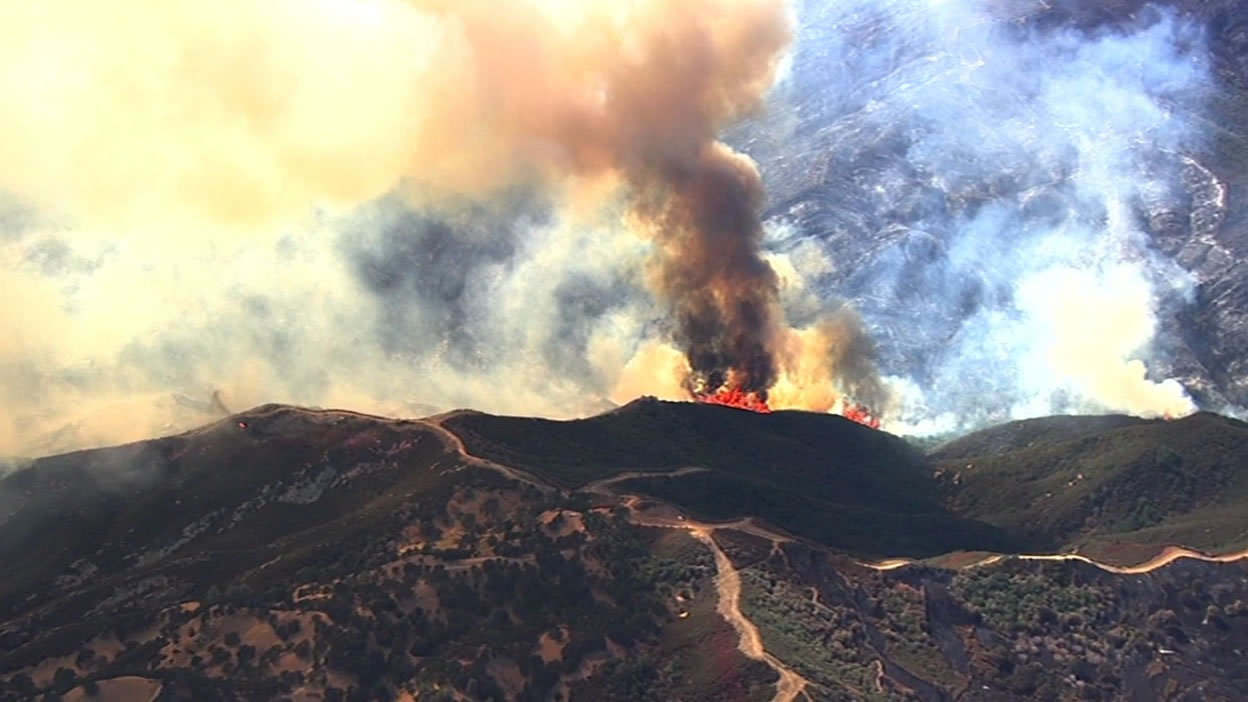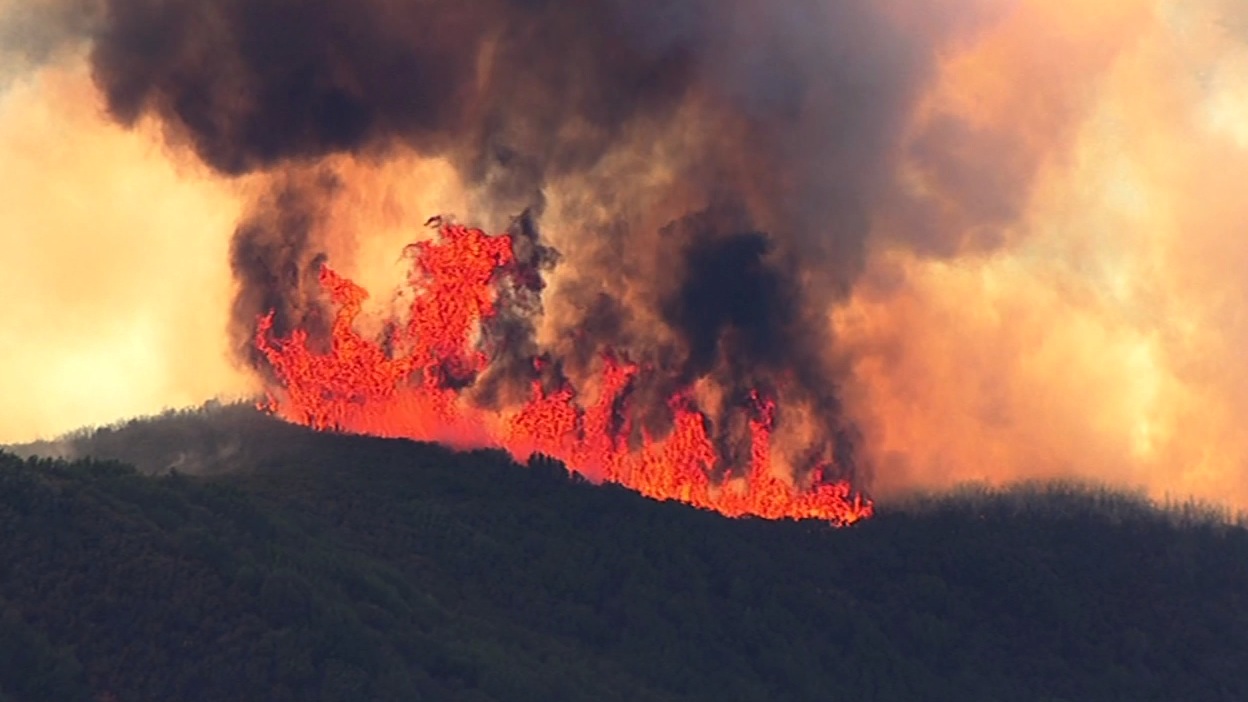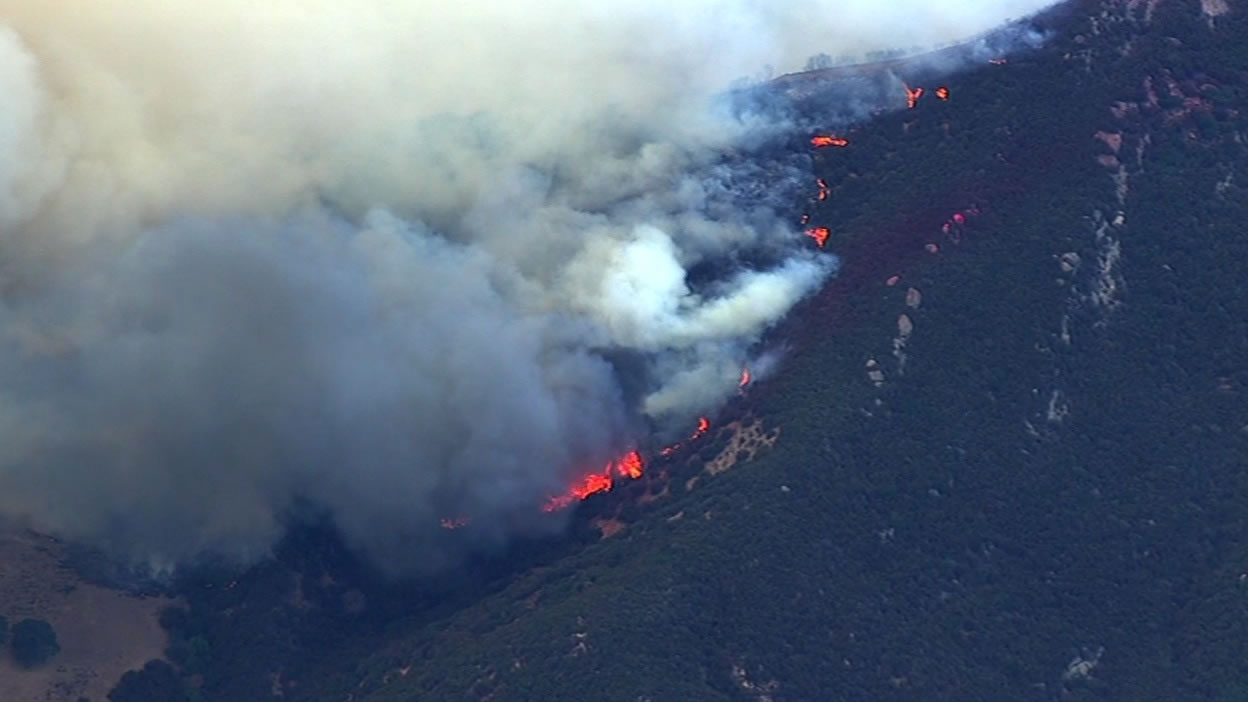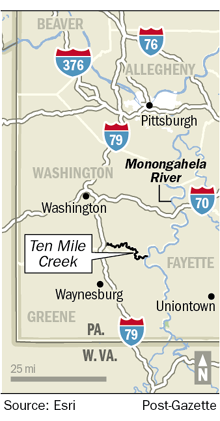
July 28, 2015
By Don Hopey / Pittsburgh Post-Gazette
Recent testing by the West Virginia Water Research Institute has found evidence of radiation contamination in water discharges from the abandoned underground Clyde Mine in Washington County near the Monongahela River that are likely related to past dumping of shale gas drilling wastewater.
The new water test findings were announced last week as the state Department of Environmental Protection continues to investigate radiation levels in Ten Mile Creek, a Monongahela River tributary in southern Washington County, and several abandoned mine discharges in the area.
DEP tests done in April 2014 but released only last month in response to a citizen’s Right-to-Know request found radium at levels up to 60 times higher than allowed by federal drinking water standards.
The water research institute testing, conducted on June 25 of this year, did not support the DEP’s 2014 findings of widespread radiation contamination, except for the Clyde Mine discharge, which also contained high levels for bromides.
Shale gas drilling wastewater often contains high concentrations of bromides, salts and other dissolved solids as well as natural radioactive elements picked up during the drilling and hydraulic fracturing of shale formations deep underground.
“There’s something going on there that’s not right,” said Paul
Ziemkiewicz, a mine drainage expert and director of the water research
institute. “The radiation, together with higher bromide levels than you
would expect to see coming out of a deep mine, point to drilling
wastewater. It’s something that’s worth continuing to take a look at.”
The 15-month-old DEP test results showing high radium readings
triggered concern that Ten Mile Creek and more than 1.6 trillion gallons
of water trapped in a maze of abandoned underground mines had been
contaminated by radioactivity, said Ken Dufalla, president of the Harry
Enstrom Chapter of the Izaak Walton League of America in Greene County,
and the person who filed the Right-to-Know request.
Ten Mile Creek is a major tributary of the Monongahela River, joining
the river 66 miles south from Pittsburgh’s Point at the boundary
between Washington and Greene counties. The creek has a long history of
pollution from mining operations and its drainage contains many shale
gas development sites. Despite that industrial activity, the creek is a
popular warm-water fishery and its mouth is heavily used by recreational
boaters.
“We’re going to get to the bottom of this,” said Mr. Dufalla, who
asked the water research institute to do the water tests. “If the
radiation is in the water, let’s stop it and keep it from flowing to
Pittsburgh. I’m going to keep turning every stone over until we find out
what’s going on.”
The DEP conducted a second round of tests at the Clyde and Cumberland
mine discharges and on the creek in late June, during higher than
normal water flows, and will release its results in late August or early
September, said John Poister, a DEP spokesman.
Mr. Dufalla and Mr. Ziemkiewicz said the tests done when the creek
was flowing high are unlikely to show high radiation contamination
because the creek samples would be diluted.
“We’re not going to address that issue until we see the new test
results. If the results show a problem, and we have to go back in and
resample at some locations, we will,” Mr. Poister said. “We want to find
out exactly what’s in the water and where it came from.”
When is this dog and pony show, that industry and the state DEP, ever going to end ? They know that the Marcellus shale is a uranium find. They know it is a dried sea bed that is rotting and gives off radon gas. They know that the drill cuttings are highly radio active. They know it is being dumped into our air by flaring, into our drinking water either by permit or criminal dumping, on to our roads and farmers fields. The gas is radio active. The New York times printed the story a couple of years ago. The total destruction of our living spaces are a result of the major corruption in Harrisburg. Laws that are passed and regulations are all in favor of the gas and oil industry. Where is the equal protection and the oath of office ? To protect the health , safety, and welfare of our communities is job #1. The taxpayers have not been able to clean up the mess from coal mining and coal ash. This is more toxic and unattainable. Where are we going to live , breathe, and drink ? The sleeping giant is alive and well in Pa.
/////---------------------////
PA Investigating Drilling Link in Stream Radioactivity Case
July 24, 2015
On the banks of Ten Mile Creek, a windy stream that snakes through
Greene County, Ken Dufalla looked out at one of his favorite fishing
spots.
“That’s probably one of best walleye fishing there is in the evening
you can find. I’ve caught muskies, walleyes, saugers,” Dufalla said.
Four years ago, Dufalla stopped fishing here. That’s when he started
testing the water, for the Izaak Walton League, a conservation group he
belongs to. He found worrisome levels of a salt called bromide, found in
high concentrations
in Marcellus shale drilling waste, in the water at the Clyde Mine
discharge along the creek. The discharge sends treated mine water into
the stream. The state took ownership of the discharge after its former
owner, LTV Steel, went bankrupt.
The state is now investigating the possibility that radioactive materials from drilling waste may have gotten into the stream.
A Department of Environmental Protection (DEP) test of the water last
year showed elevated levels of radium. The state is retesting the water
and analyzing it for the presence of Marcellus shale indicators and
acid mine drainage.
The sampling took place on June 22 and 23 at 13 sites. The DEP
collected water, vegetation, sediment, soil, and fish. The DEP also
tested water at the Tri-County Joint Municipal Authority, 3 miles
downstream of the Clyde Mine discharge.
DEP RADIUM LEVELS: ‘SIMPLY WRONG?’
After seeing the 2014 data, Paul Ziemkiewicz, director of the West
Virginia University Water Research Institute, did sampling of his own in
June.
While the DEP showed levels of radium up to 60 times higher than
federal drinking water standards, Ziemkiewicz’s results showed much less
radium. “We were much much lower (than the DEP’s),” Ziemkiewicz said.
“In fact, most of (the levels) were below the detection limit.”
Ken Dufalla has been sampling the water in Ten Mile Creek for four years. Photo: Reid Frazier
Ziemkiewicz thinks the DEP may have erred in its previous sample.
He’ll be watching closely to see what the agency’s retest shows.
“I would say the April 2014 results were anomalously high,” he said.
“If they come up with results that were closer to ours, then I would say
the 2014 data were simply wrong.”
DEP Spokesman John Poister said in a statement that the agency needs
to conclude its sampling "before reaching any conclusion or making any
comparative statements between any of the sampling events."
HIGH RADIOACTIVITY IN MINE WATER
The 2014 test results weren’t made public until June, after an environmental group requested the results under the state’s Right-to-Know law.
In one sample taken at the Clyde Mine discharge, levels of
radium-226, a naturally occurring radioactive material, were recorded at
301 picoCuries per liter. The federal drinking water standard is 5
picocuries per liter. Radium-226 and a related material, radium-228, can
be found in higher quantities
in Marcellus shale than in other rock formations, and can be found in
waste water produced during fracking and production of oil and gas
wells.
According to the Environmental Protection Agency, long term exposure to radium increases risk of lymphoma, bone cancer, and leukemia.
How the material may have gotten in the water has been a mystery.
Dufalla thinks someone dumped fracking waste in the Clyde Mine.
“It came from someplace—it did not appear miraculously—it came from somewhere and somebody knows where it came from,” he said.
Dufalla points out illegal dumping has occurred in this part of the state. In 2012, a local business man pleaded guilty to illegally dumping fracking waste, into streams, ponds, and an abandoned mine.
And last year, a local sewer authority announced it was investigating possible dumping of frackwater at its treatment plant.
The Marcellus Shale Coalition declined interview requests. But
previously the trade group said its members handle drilling waste in an
environmentally responsible manner, and stressed that the industry has
increased the recycling of fracking waste.
Earlier this year, the DEP released a report stating natural gas
drilling posed “little or limited” potential for radiation exposure to
the public or workers in the industry. The report stated spills of oil
and gas fluids could lead to “potential radiological environmental
impacts.”


















